Arm liposuction is a method of removing excess fat through surgery, but it may pose risks such as infection, uneven skin, and hematoma. Choosing a reputable hospital and experienced doctors can reduce these hazards.

1. Infection: Arm liposuction is an invasive surgery, and if the surgical environment is not up to standard or postoperative care is improper, it may cause infection. The symptoms of infection include redness, swelling, pain, fever, etc. The key to preventing infection lies in choosing a sterile surgical environment and strictly adhering to postoperative care requirements, such as taking antibiotics on time and keeping the wound clean and dry.
2. Uneven skin: During liposuction, if the fat is not removed evenly, it may lead to uneven skin surface. This situation is more common in people with poor skin elasticity. In order to reduce the risk of skin unevenness, a detailed skin assessment should be conducted before surgery, and postoperative massage and wearing shapewear can be combined to help the skin restore smoothness.
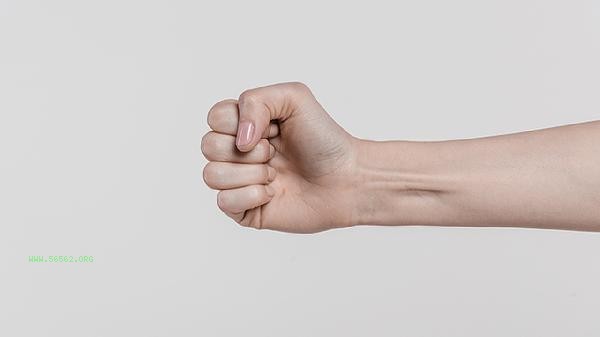
3. Hematoma: During surgery, blood vessels may be damaged, leading to the accumulation of blood and the formation of a hematoma. Hematoma not only affects appearance, but may also cause pain and discomfort. The measures to prevent hematoma include avoiding the use of anticoagulant drugs before surgery and applying appropriate pressure bandaging after surgery. If a hematoma occurs, seek medical attention promptly to avoid complications.
4. Nerve damage: Liposuction surgery may damage the nerves around the arm, leading to numbness or sensory abnormalities. The recovery time of nerve injury is relatively long, and in severe cases, it may not be fully recovered. Before surgery, it is necessary to fully understand the surgical risks and choose experienced doctors for operation. After surgery, pay attention to observing changes in arm sensation and seek medical treatment in a timely manner.
5. Anesthesia risk: Arm liposuction usually requires local or general anesthesia, and there may be risks such as allergic reactions and respiratory depression during the anesthesia process. A detailed anesthesia assessment should be conducted before surgery, informing the doctor of one's allergy history and health status, selecting an appropriate anesthesia method, and closely monitoring vital signs after surgery to ensure safety. Although arm liposuction can help improve arm shape, the potential risks cannot be ignored. Before surgery, it is necessary to fully understand the surgical risks and personal conditions, choose a regular hospital and an experienced postoperative care provider, strictly follow nursing requirements, and undergo regular follow-up examinations to ensure surgical effectiveness and physical health. If any abnormal symptoms occur, seek medical attention promptly to avoid delaying treatment.


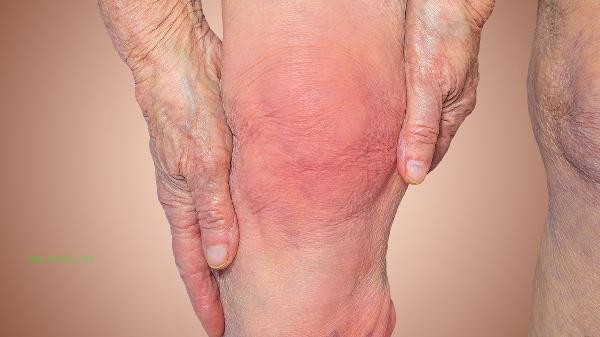
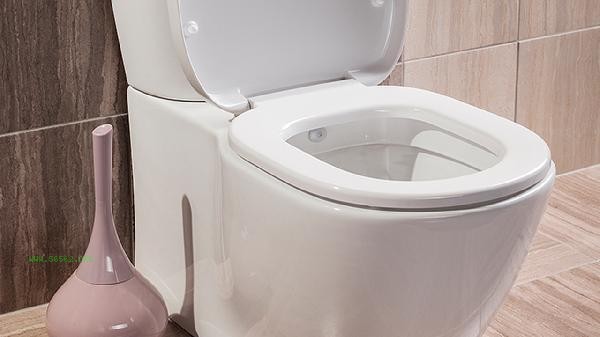
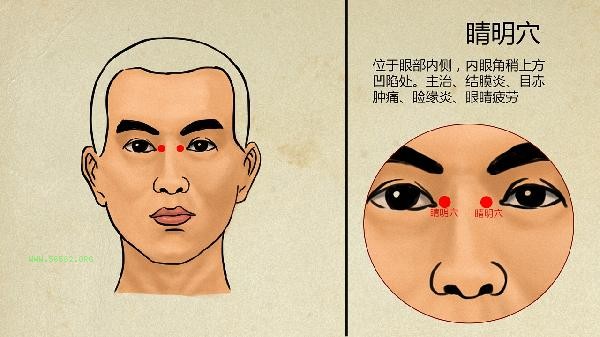

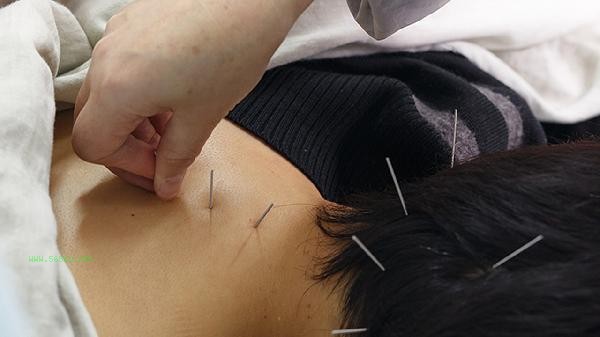


Comments (0)
Leave a Comment
No comments yet
Be the first to share your thoughts!